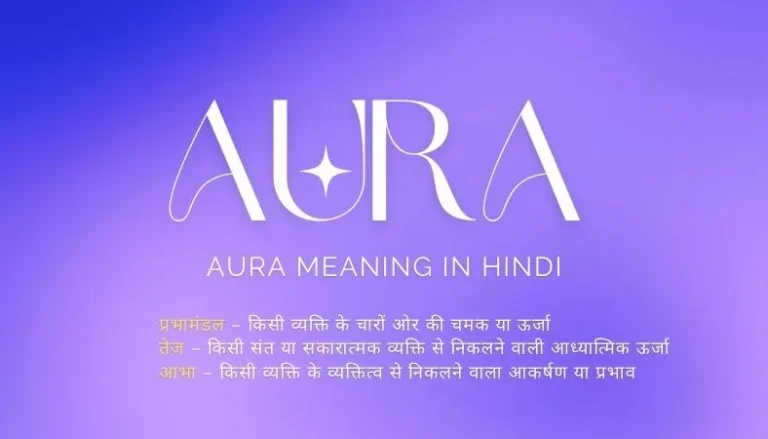
Vayu Mudra (Gesture of Air)
Vayu Mudra also known as Air Gesture. Vayu Mudra is a hand position (hasta mudra) used in yoga that assists in balancing the air element (Vayu) within the body. It is particularly effective in alleviating disorders associated with an excess of air, especially those linked to an imbalance in Vata dosha.
How to Do Apan Vayu Mudra
- Sit comfortably with your spine upright.
- Bend your index finger so that its tip touches the base of your thumb.
- Gently press the index finger with your thumb.
- Keep the middle, ring, and little fingers straight and extended.
- Place your hands on your knees with palms facing up.
- Close your eyes and breathe deeply while maintaining the mudra for 15-30 minutes.
vayu mudra benefits
Vayu Mudra – Reducing Excess Air in the Body
Vayu Mudra is a effective hand position used in yoga to balance the air element (Vayu) in the body. By pressing the index finger against the thumb, this gesture helps reduce excess air, easing problems like gas, bloating, joint pain, arthritis, and sciatica. It also improves blood flow, calms the nervous system, and reduces anxiety or restlessness. Practicing Air Gesture Mudra for 15 to 30 minutes daily helps maintain a healthy balance of Vata energy, improving digestion and movement. This easy yet effective mudra can be done anytime, especially when feeling discomfort from too much air in the body.
Vayu Mudra – Easing Joint Pain, Arthritis, and Sciatica
Vayu Mudra is an easy hand position that helps decrease extra air (Vayu) in the body, which can cause joint pain, arthritis, and sciatica. By pressing your index finger against your thumb, this gesture helps balance the air in your body, reducing stiffness, swelling, and pain in the joints. It improves blood flow, lessens nerve pain, and encourages flexibility. Practicing this mudra for 15 to 30 minutes each day can greatly relieve symptoms of arthritis and sciatica naturally. It is particularly helpful for people with Vata-related issues, helping them move more freely and feel better.
Air Gesture – Easing Gas, Bloating, and Upset Stomach
Vayu Mudra is a helpful hand position in yoga that can control too much air (Vayu) in your digestive system, which helps lessen gas, bloating, and upset stomach. By pressing the index finger against the thumb, this gesture helps release trapped air from your stomach and intestines, making digestion easier. It also eases discomfort from acidity, constipation, and irregular bowel habits.
Vayu Mudra: Enhancing Circulatory and Neurological Functions
This Mudra represents a significant yogic hand position that has been shown to improve blood circulation and facilitate optimal nerve function. By addressing the imbalance of excessive air (referred to as air) within the body, this mudra is believed to enhance the flow of oxygen, thereby alleviating sensations of numbness, tingling, and muscular rigidity. Furthermore, it is posited that this practice promotes enhanced communication among nerves, which is critical for maintaining mobility and overall health.
Engagement in this practice for a duration of 15 to 30 minutes each day may serve as a preventive measure against complications associated with inadequate circulation, including symptoms such as cold extremities, fatigue, and general weakness. The efficacy of Vayu Mudra is particularly pronounced in individuals exhibiting Vata imbalances, as it aids in the restoration of energy, vitality, and equilibrium within the body.
Vayu Mudra – Supports Mental Calmness and Reduces Anxiety
Air Gesture is an easy hand gesture used in yoga that helps to soothe the mind and lessen anxiety. By balancing the excess air (Vayu) in our bodies, this mudra helps calm racing thoughts, reduces nervousness, and stabilizes emotions. It encourages relaxation, improves concentration, and creates a feeling of inner calm. Practicing Vayu Mudra for 15 to 30 minutes each day, especially during meditation or deep breathing, can help manage stress and anxiety naturally. It is especially helpful for those who struggle with overthinking, mood swings, or trouble sleeping. This mudra promotes a balanced mind, supporting emotional stability and overall mental health.
Ideal Times for Practice
It is most beneficial to practice in the morning or whenever you notice symptoms of excess air, such as bloating or joint discomfort. You can engage in this mudra for 15-30 minutes daily or opt for shorter sessions lasting around 5 minutes throughout the day.
Would you like tips on integrating it with breathing exercises (pranayama)? 😊
FAQ
Mudra for heart attack ?
Apan Vayu Mudra, often called the Heart Attack Mudra or Life-Saving Mudra, is an important hand position in yoga that helps keep the heart healthy. It can also be used as a quick aid if someone is having a heart attack.
Difference Between Vayu Mudra and Apan Vayu Mudra
Vayu Mudra and Apan Vayu Mudra are two hand positions used in yoga, each with its own benefits. Vayu Mudra helps to reduce too much air (Vayu) in the body, which can ease joint pain, gas, bloating, and feelings of nervousness. To make this mudra, press your index finger against your thumb while keeping the other fingers straight.
Apan Vayu Mudra: On the other hand, Apan Vayu Mudra, also known as Heart Mudra or Mritsanjeevani Mudra, is good for strengthening the heart and boosting blood flow. It can help with issues like heart attacks, heartbeats that feel irregular, and managing blood pressure. To do this mudra, touch the tips of your middle and ring fingers to your thumb while bending your index finger.
To discover more about mudras and how they can help you, consider signing up for our yoga course. You’ll gain a better understanding of yoga, meditation, and overall wellness. Improve your health naturally with the use of hand movements and traditional knowledge. Register now!




